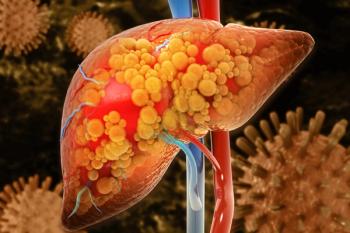
Partial Mastectomy Findings at Yale Could Add Value for Patient and Payer
Research conducted at the Yale Cancer Center has found that a procedure known as cavity shave margins could avoid unnecessary follow-up surgeries and save time and costs.
Research conducted at the Yale Cancer Center has found that a procedure known as cavity shave margins or CSM could avoid unnecessary follow-up surgeries and simultaneously save significant costs to the healthcare system.
Through a study published in the
Primary trial endpoint was the rate of positive margins on final pathological testing. Additionally, reexcision rates were recorded as a part of the trial data. These were defined as defined as the proportion of patients who were returned to the operating room for further surgery for margin clearance. Secondary endpoints included the volume of tissue excised and patient-reported cosmesis.
The authors found a clear association between the rate of positive margins and reexcision rates: CSM reduced the rate of positive margins by nearly 50% and more than halved the rate of reexcision when compared with standard partial mastectomy. The analysis showed that patients in the no-shave group were more likely to return to the clinic for a second or third reexcision. Patients in this trial, however, did not view a significant cosmetic difference between the 2 procedures.
As a follow-up on the NEJM study, the authors will now be presenting data at the
These new data suggest that CSM can reduce patient visits for additional procedures and also improve utilization of surgeon and OR time, which in the long-term can be a significant value-add.
“At a time when healthcare costs are skyrocketing, and patients face significant financial burden with their treatments, it’s increasingly important to look at value in cancer care,” according to first author Anees Chagpar, MD, MPH, associate professor of surgery at Yale School of Medicine and director of The Breast Center at Smilow Cancer Hospital at Yale-New Haven. “We found that taking cavity shave margins resulted in fewer return trips to the operating room at no added cost. Clearly, this is a win all around — for patients, providers, and payers.”
Newsletter
Stay ahead of policy, cost, and value—subscribe to AJMC for expert insights at the intersection of clinical care and health economics.













































